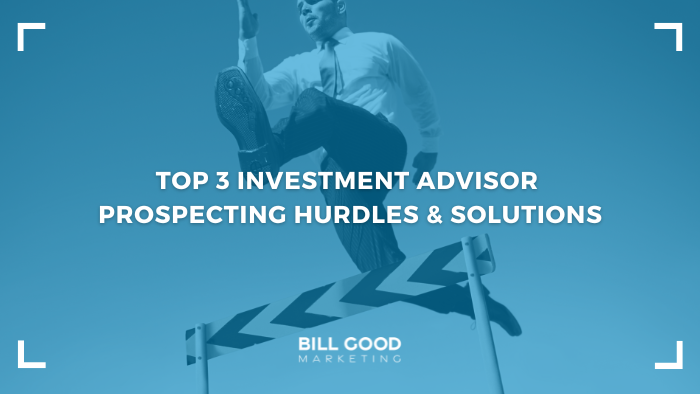
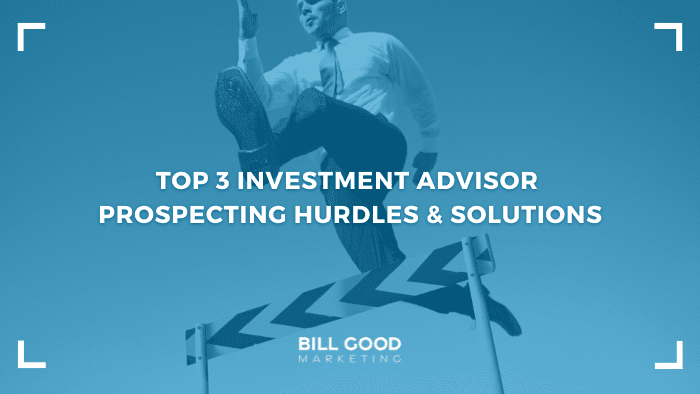
Top 3 Investment Advisor Prospecting Hurdles & Solutions
Presumably, you are reading this article because you’re interested in financial advisor prospecting. So, before we do anything else, let’s define what prospecting actually is.
The original version of this story was published on ThinkAdvisor®
If 20% or more of your clients are over the age of 75, you have a problem. In the next few years, if a significant percentage of your client assets will be owned by clients who will be over the age of 75, you have a problem.
Several years ago, I researched what happens to assets when clients die. That led to a webinar, “When Clients Die, Assets Fly.” And it led to a strategy, “Become Family Financial Advisor.” I recently discovered some more parts of the solution and presented them in a webinar, which you can view here.
At that time, I was only able to find one piece of information on the seriousness of the problem, a short piece claiming that 85% of the assets leave the firm after the last primary client dies.
Just recently, I had a go with Google to see what information has surfaced since. Wow! Advisors have an even bigger problem than I initially thought.
According to Paul Reilly, CEO of Raymond James Financial, “Advisors have to make kids, the inheritors, part of the trusted relationship. The best advisers are family advisers.”
Frankly, I’m going to take a bit of credit here. In 2014, I said the solution was “become a family financial advisor.” That’s still the solution.

To determine how big the problem is, I did some calculations with data from the Social Security Administration.
I made some calculations with an imaginary client base of 100 clients of ages 75-84. I assumed 10 clients were each 75, 76, etc. I further assumed the group included an equal number of men and women.
In five years, 60 will remain. After 10 years, only 36 will still be alive. And what of the wealth you helped them create? How much will you keep?
Most likely, a disproportionate share of your biggest clients are your older clients. Very simply, their portfolios have had a longer time to benefit from the magic of compounding.
And unless you do something now, somewhere between 66% and 85% — or even 98% — of these clients’ assets will have been packed up and taken their leave from your business.
The new assets you bring in may or may not be able to replace the assets you lose through death and withdrawals.


Here are a few pesky quotes about the relationships you don’t have now, but need to have, from Investment Advisor magazine:
“The biggest obstacle to retaining assets passed to heirs — lack of relationship.”
“The absence of a relationship between advisers and clients’ children also affects how much buyers may be willing to offer for an advisory firm, even before the money changes hands between generations.”
“If advisers do decide it’s worth reaching out to the next generation, they should do so early because it takes years to establish a relationship.”
“Despite the risk, studies find that over 70% of advisors have never met with their current clients’ children to establish a relationship.”
There also these insights are from Open Invest:
“The United States is on the cusp of the largest wealth transfer in the country’s history: About $40 trillion will be handed down to the next generation by 2050. Clearly, FAs who don’t form bonds now with these soon-to-be beneficiaries are ignoring a tremendous opportunity.”
“The whole idea is to [develop] a relationship before the parent passes away.”


The experts all say, “Build a relationship.”
Can you do it entirely with social media? I don’t think so.
You can attract people with social media. You can undoubtedly educate. With our “feel-good social media posts,” you can even touch the heart.
But with social media and electronic communication alone, can you develop the relationship the experts say you need? That even I tell you that you need? That you know you need? I don’t think so.
Sooner or later, you need to bridge the virtual world to the real world. The millennial heirs need to come down to earth and schedule a meeting with a financial advisor, preferably you or a member of your team.
The lifeline to the virtual world is woven from two threads. These are the two basic emotions people have about money and have had about money since the early Paleolithic hunters traded flint weapons and other tools.
Fear. They won’t have enough money
Greed. They want more money.
If these emotions haven’t changed since the Paleolithic hunters, have they changed with the millennials? In my opinion, “No, they have not changed.”
This means you need to find out what they want and what they fear. Then, if you can show you can help, you can earn their interest, respect, trust, and ultimately, their business.
The obvious question now is: how do you get close enough to have those conversations?


The title of the section is not a misprint — really.
Assuming you have several hundred clients, you need a team member responsible for asset retention. While I’m sure we can come up with a better title, “Family Financial Advisor Advisor” marks the territory of this team member.
Can you, the FA, also be the FFAA? If you have a relatively small number of households, you don’t have much choice, do you?
But if you think you can run a $100 million practice or multiples of that, please join Elon Musk’s Mars team because you do not belong on this earth.


Here’s how the FFAA can establish the much-vaunted relationship the experts bemoan as missing. It’s how to gently get closer.
Now you have the relationship the experts (including this one) recommend.

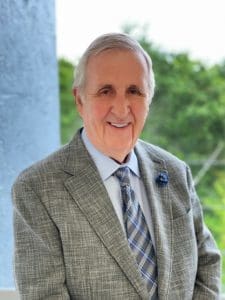
Bill Good is the founder and chairman of Bill Good Marketing. His latest book, “Hot Prospects,” is No. 88 on the 96 Best Prospecting Books of All Time list and is available on Amazon. He created the Bill Good Marketing System and has been named one of the industry’s top five coaches.


Presumably, you are reading this article because you’re interested in financial advisor prospecting. So, before we do anything else, let’s define what prospecting actually is.


Cold-calling is NOT a “try it once and hope it works” endeavor. It requires testing and tweaking to learn what works for your market, your list, and for you. Cold-calling is NOT for advisors who fear rejection. You will get a lot of rejections when you cold call – but if you follow best practices, it won’t matter, because the number of new leads you…
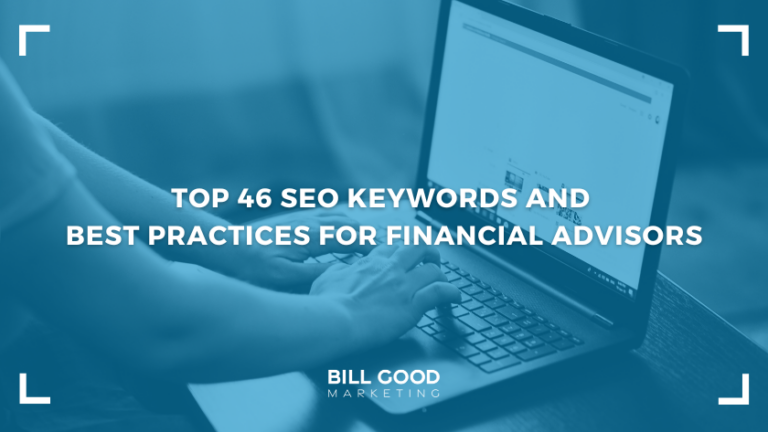
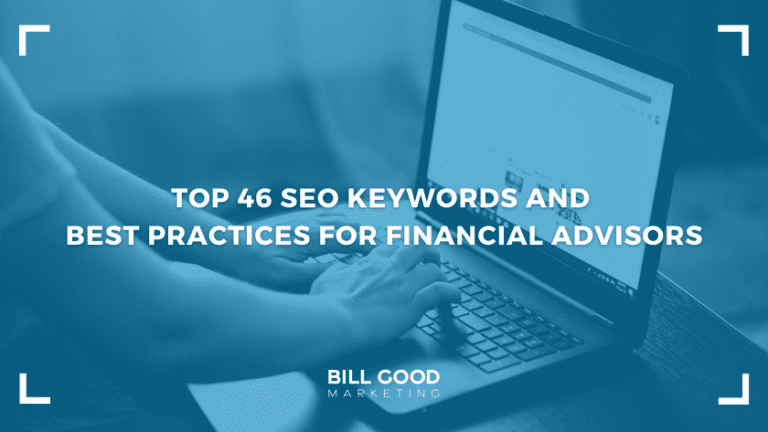
Staying on top of the best keywords for your business is essential for effective SEO. As we’ve discussed, these keywords help connect your website with the people who are searching for the services you offer. Based on insights from Google’s Keyword Planner, here are the 46 most relevant keywords for financial advisors…
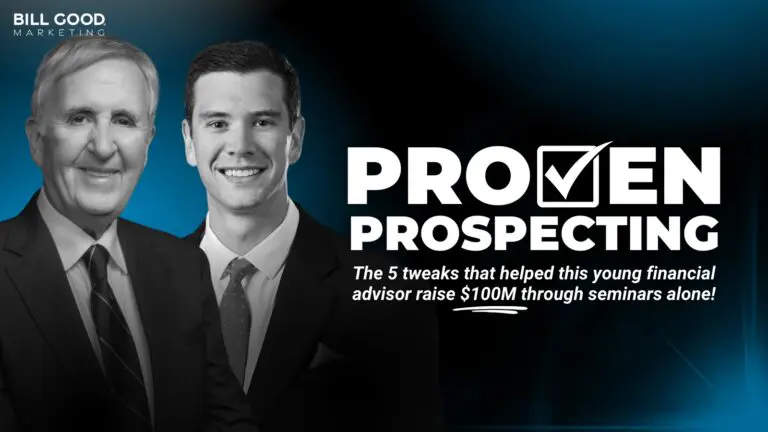

When Neil McPeak Jr. — CFP®, CEPA® — joined his father’s practice fresh out of college, he was given one instruction: Learn to prospect. In other words, want to manage your own assets? Go out and find them yourself. (That wasn’t on his college curriculum…
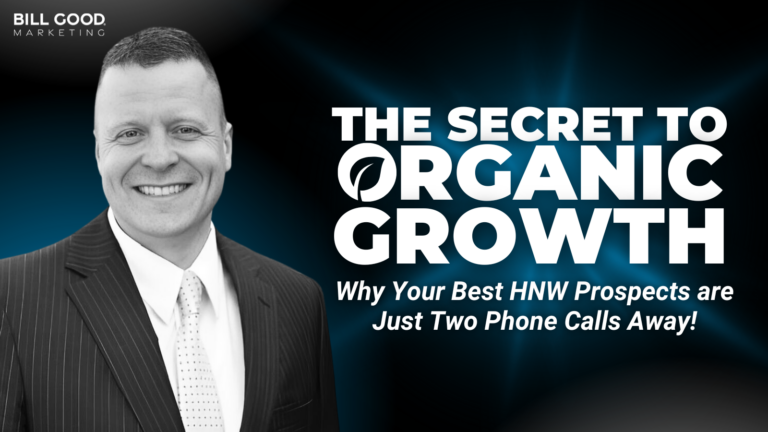
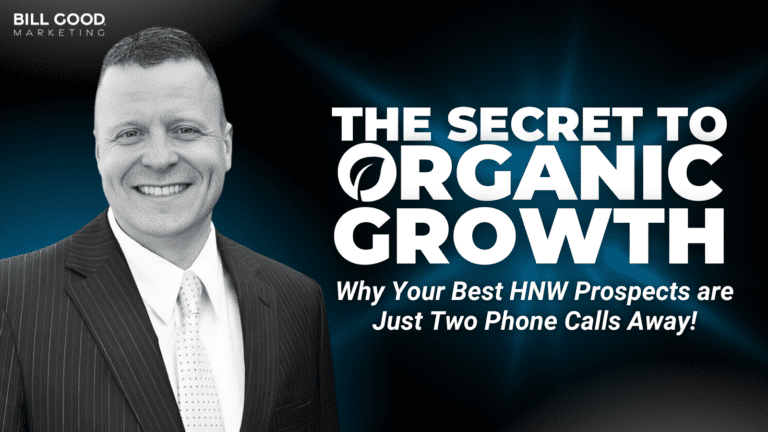
HNW clients. You want ‘em. Everyone wants them. And you’ve likely gotten a dozen emails this month alone on how easy it can be to get more. But whether you’ve been in this industry for 1 year or 30, you know the truth…
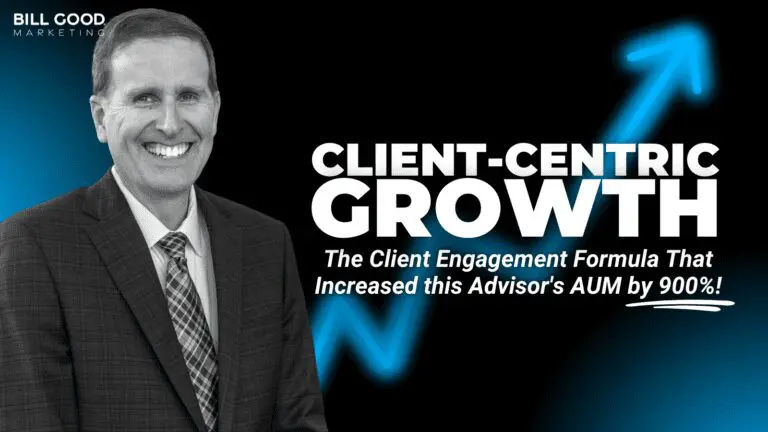
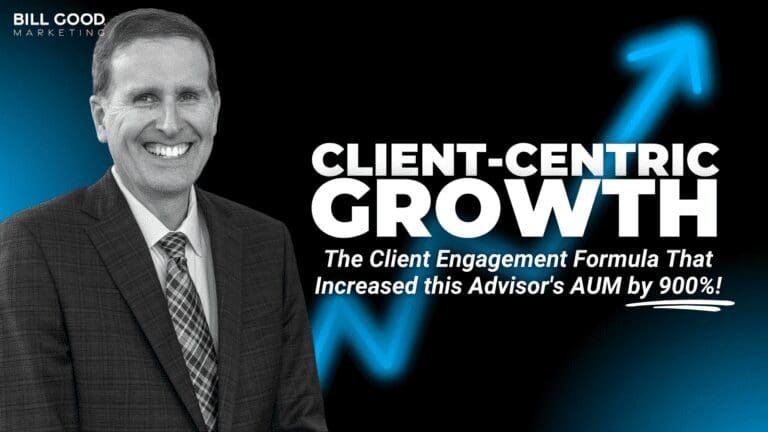
Are you ready to unlock the formula that skyrocketed a Texas advisor’s AUM by 900%? Join us for an exclusive, one-time webinar revealing the strategies Mark Trice used to transform his $14M practice into a $134.4M business…